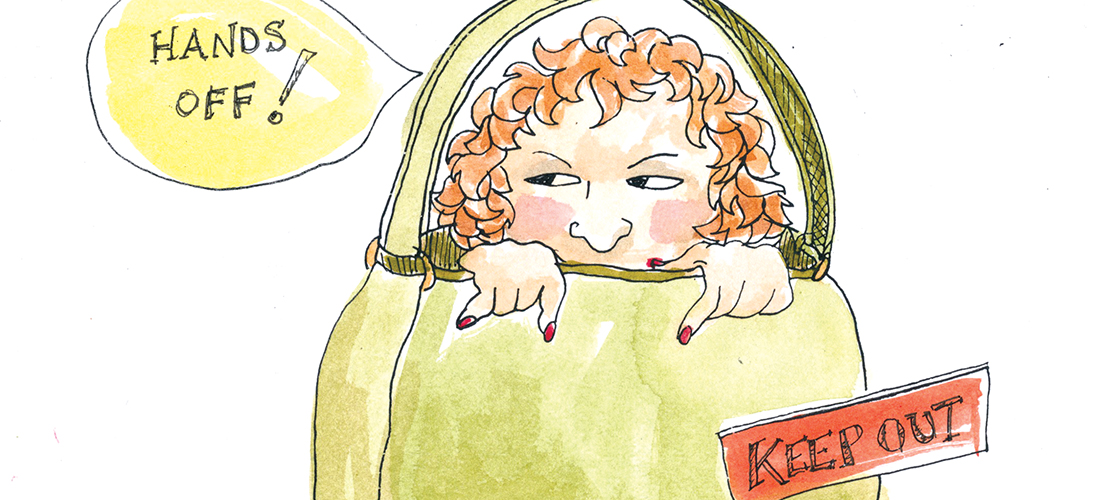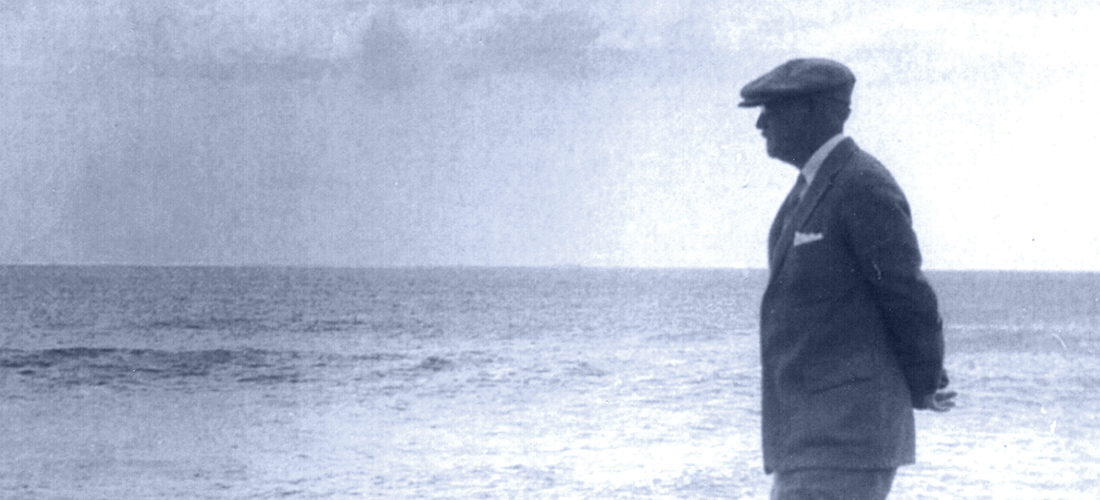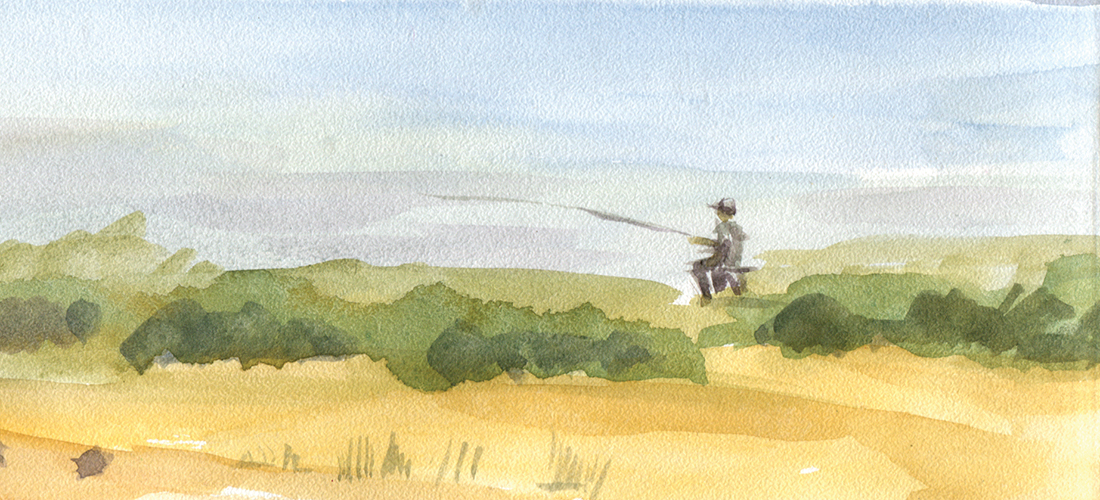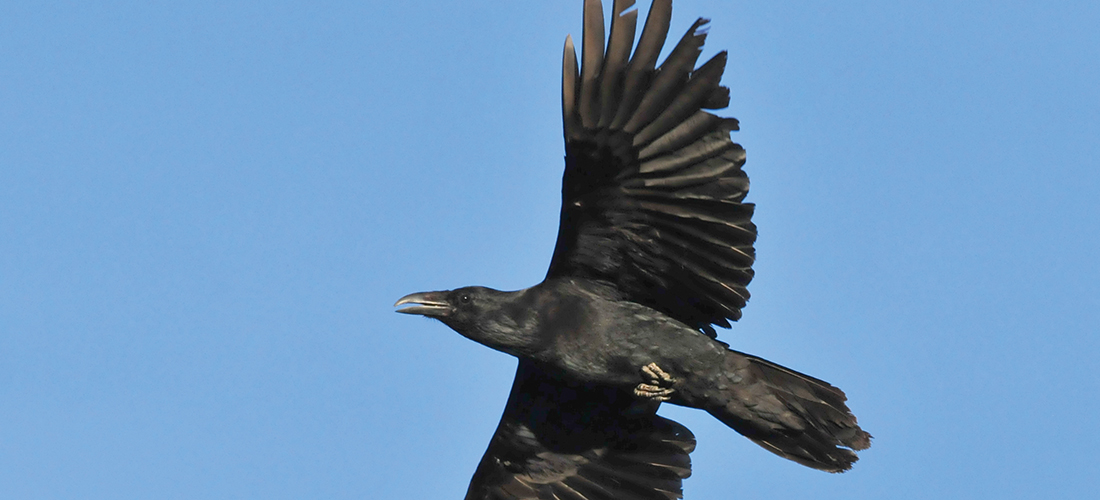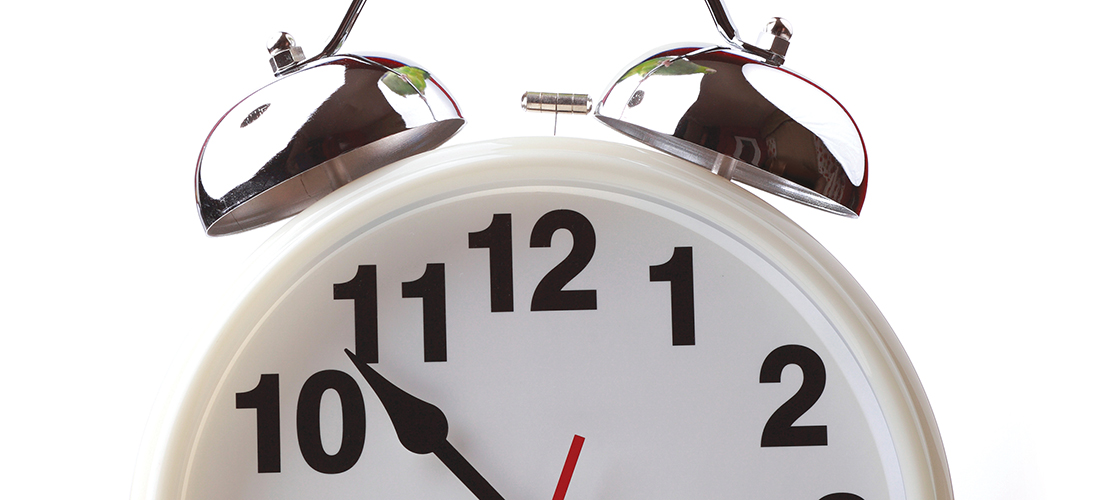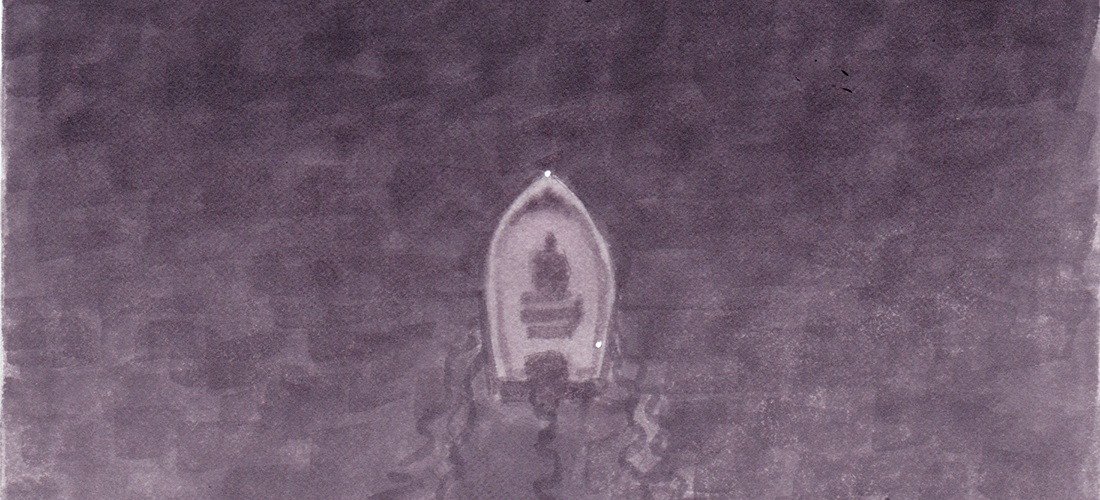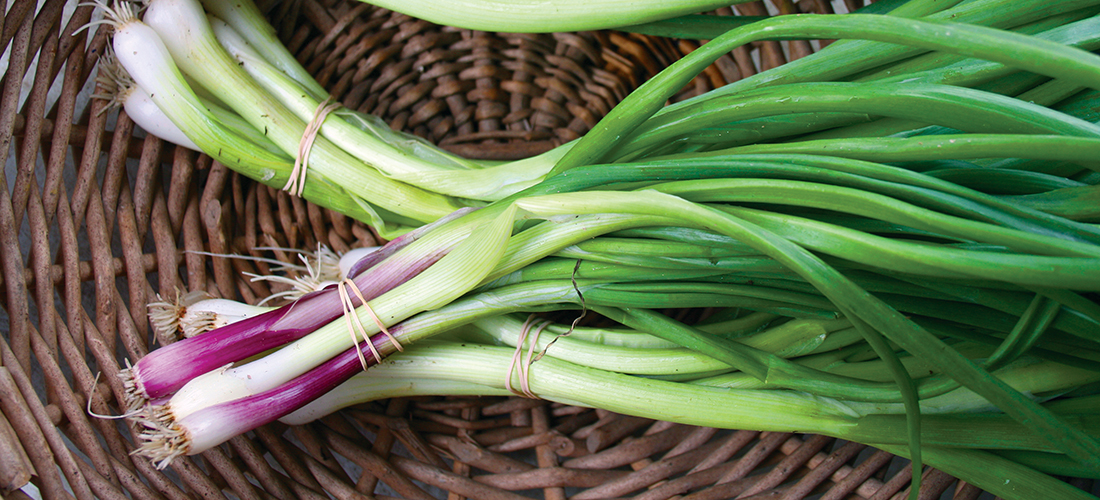By Tom Allen
Mom said her boy loved to plunder. Sounds illegal. I prefer “explore” but will make do with “nosey.”
Two places were off limits to my curiosity — the bottom drawer of Dad’s chest of drawers and Mom’s pocketbook.
Mom never called her pocketbook a “purse.” Something colloquial, perhaps. The first time I took a peek, her pocketbook was on the kitchen table. I, perhaps 5 or 6 and not tall enough to look inside, leaned the bag in for a good snoop. “Leave that alone. That’s my pocketbook.” Her tone of voice reinforced the prohibition. I apologized and got the message — hands off, that’s mine.
Mom owned several pocketbooks — one she carried most days, the others for dressier occasions. She preferred darker bags for winter, softer colors for spring and summer. I have no idea why the prohibition against snooping. I doubt she carried anything illegal or illicit; what mattered was that the contents were her business, her stuff. And don’t we all need a space for odds and ends? Some nook or niche to stash a pen or some quarters or a few Tic-Tacs? Maybe a drawer or, if you’re lucky, a closet? Mom carried the usual items — a wallet, some Kleenex, a tube of lipstick. What else was for her to know and for me not to find out.
If my dad drove a car until the wheels fell off, Mom would tote a pocketbook until its fabric was worn or dirty. And, unlike Imelda Marcos, Mom wasn’t a packrat. When the time came, she dumped the purse and bought a new one, probably from Belk, with a coupon, on Seniors Day. When Mom became a grandmother, a pocketbook was the ideal Mother’s Day gift from our daughters. Mom could make it last, at least until the next May, if not the Christmas after.
I recall, as a teenager, the first time Mom asked me to fetch the wallet from her purse. Was she serious? Was this a set-up? Would my hand be mauled by a steel trap, a finger bitten off by a pocket-sized varmint? I snatched the wallet, without another glimpse into the nether regions. At last, I must be worthy of her trust. Even today, when my wife asks me to retrieve something from her purse, I get a little uneasy.
Mom’s last pocketbook was a camel-colored Kim Rogers number with a mismatched Aigner wallet, purchased, I’m sure, from Belk. Age and illness robbed her of mobility and independence. A move from her home of 60 years to a furnished assisted-living residence disconnected her from familiar possessions as well as her few living friends. My dad’s death, six months before hers, compounded the loss. At this final residence, Mom — whether sitting in her lift chair or napping in her hospital bed — kept her pocketbook nearby, ready with a pen, a tissue, or just a reminder that something still belonged to her.
I handled financial matters in Mom’s last year and, with her permission, took anything from her wallet or pocketbook that might compromise security or identity. She understood, yet when poking around for her wallet, there was still a sense I’d violated her last private space. Even more, there was a sense that the child had attained adulthood. As the circle closes, the son becomes the parent, the caregiver — an honor but, at times, sad, even terrifying.
After she moved, I left $12 — a ten and two ones — in her wallet. Eight months later, on the night she died, I took her pocketbook home. I did not look inside for months. When I did, I found that $10 bill. Perhaps she tipped a caring aide or gave a folded bill to a granddaughter as grandparents often do. Along with the wallet, I found high school snapshots of our daughters that Mom could proudly show. There was a Cover Girl pressed-powder compact, a red Revlon lipstick, a handful of tissues, two pens, some melted Halls cough drops and a few coins. Pen marks covered the fabric lining. Lipstick stained a zippered compartment. The soft faux leather still smelled like the house where I grew up, a place my parents made into a home.
Mom’s pocketbook rests in the bottom drawer of my chest of drawers, not off limits to anyone. I’m saving it for a plundering grandchild who might walk away with a $10 bill. Me? I’m content to watch memories in the making, while thinking of how very happy one mother would be. PS
Tom Allen is a longtime — and deeply loved — contributor to PineStraw.

